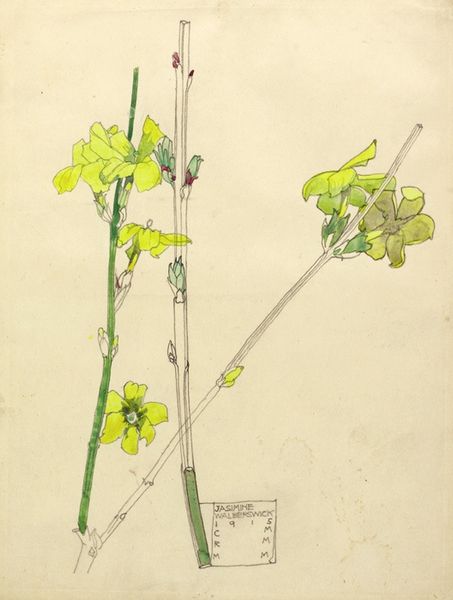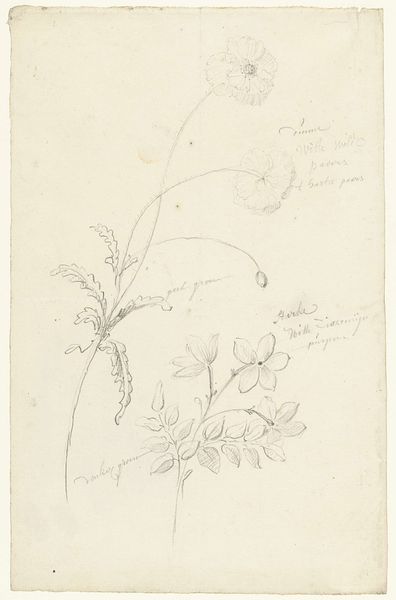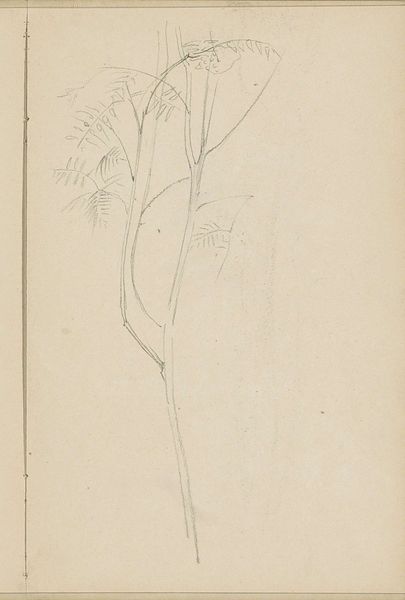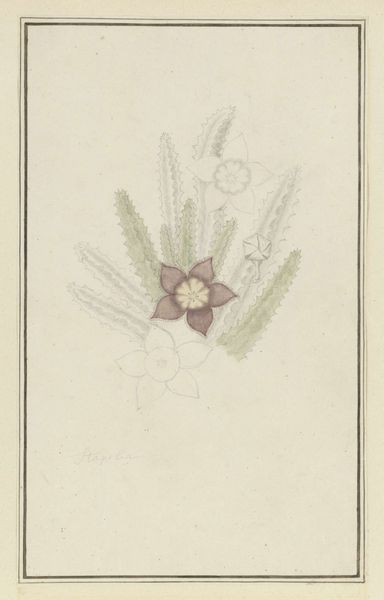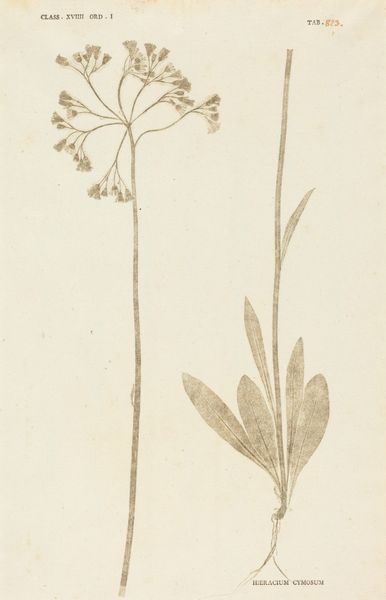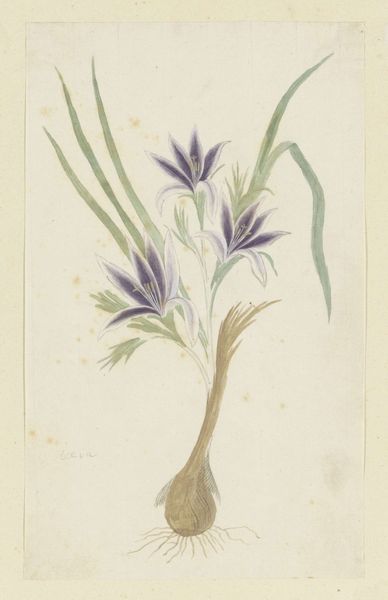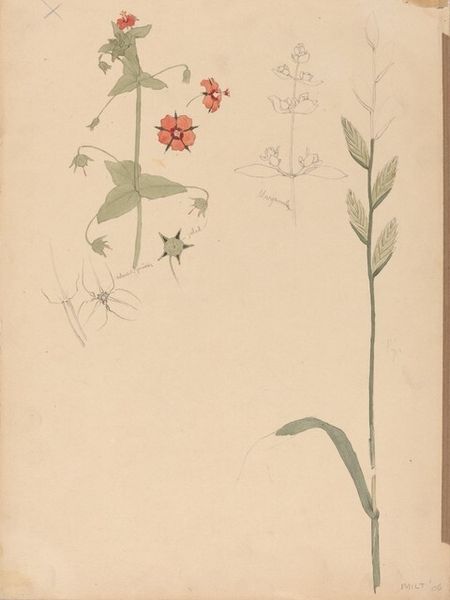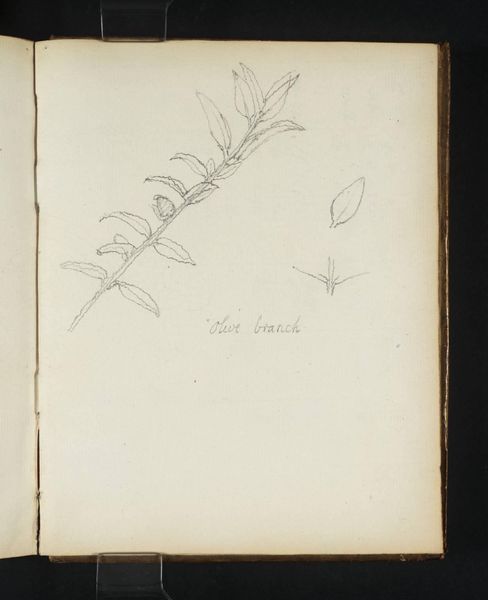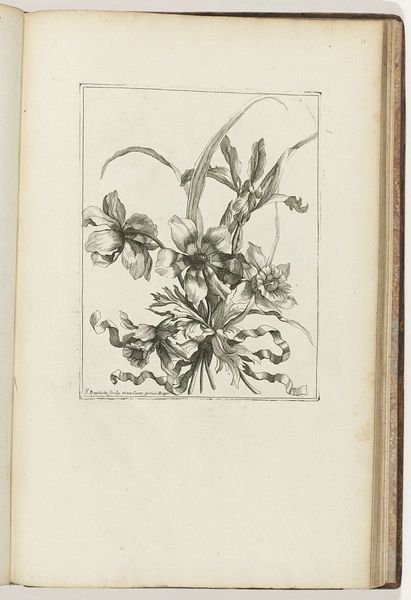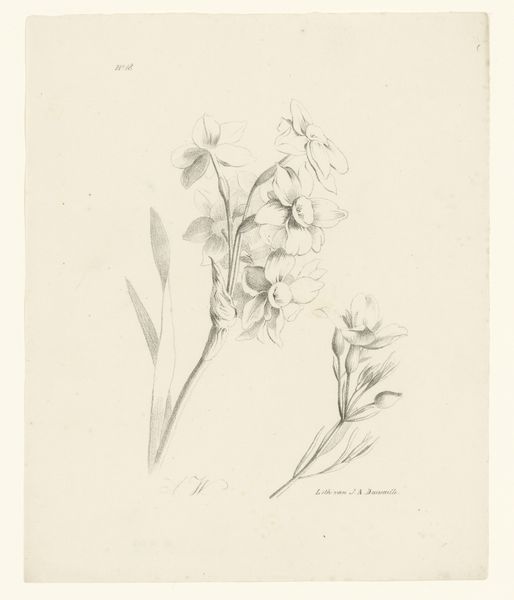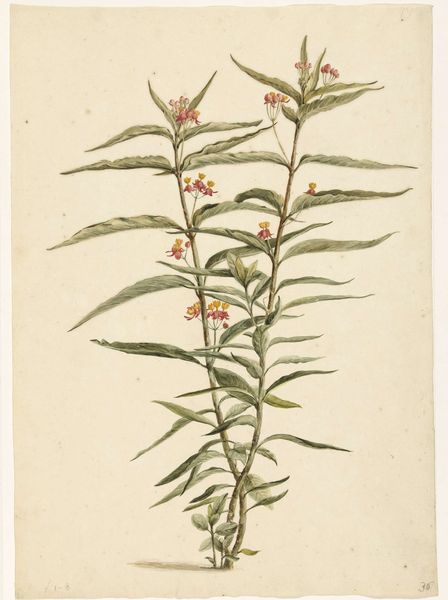
#
glasgow-school
Copyright: Public domain
Editor: Here we have Charles Rennie Mackintosh’s "Mimosa," a watercolor, ink, and pencil drawing from 1924. I’m struck by its delicate, almost botanical illustration style. It feels both precise and fragile. What do you see in this piece? Curator: Formally, the work presents an intriguing interplay between line and color. The meticulous, almost scientific, delineation of the mimosa's leaves, achieved through a rigorous linear structure, is subtly juxtaposed with the watercolor washes that define the flower heads. Note the controlled palette— primarily greens and yellows—which restricts tonal variety and enhances the diagrammatic quality of the composition. How does this limited chromatic range affect your perception of the drawing's emotional tone? Editor: It makes it feel a little…reserved? Not bursting with emotion, but considered. Like the focus is on the plant itself, more than making a big artistic statement. Curator: Precisely. Mackintosh seems less concerned with conveying personal emotion and more intent on exploring the inherent visual characteristics of the subject. The linear precision and restrained coloration encourage us to focus on the mimosa's structural complexity—its intricate network of leaves and delicate floral arrangement. Editor: So, it's about the elements of art themselves – line, color, composition – telling the story? Curator: Exactly. Mackintosh utilizes these elements to conduct a visual study, allowing the mimosa’s intrinsic aesthetic qualities to come to the fore. It moves us beyond simple representation towards an appreciation of the botanical form itself. Editor: I hadn't thought about it that way. Now I see how the details come together to highlight the plant's unique characteristics. Curator: By examining these elements, one discovers layers within the work beyond the representational. Editor: Thanks, it really changes how I see the artwork!
Comments
No comments
Be the first to comment and join the conversation on the ultimate creative platform.
